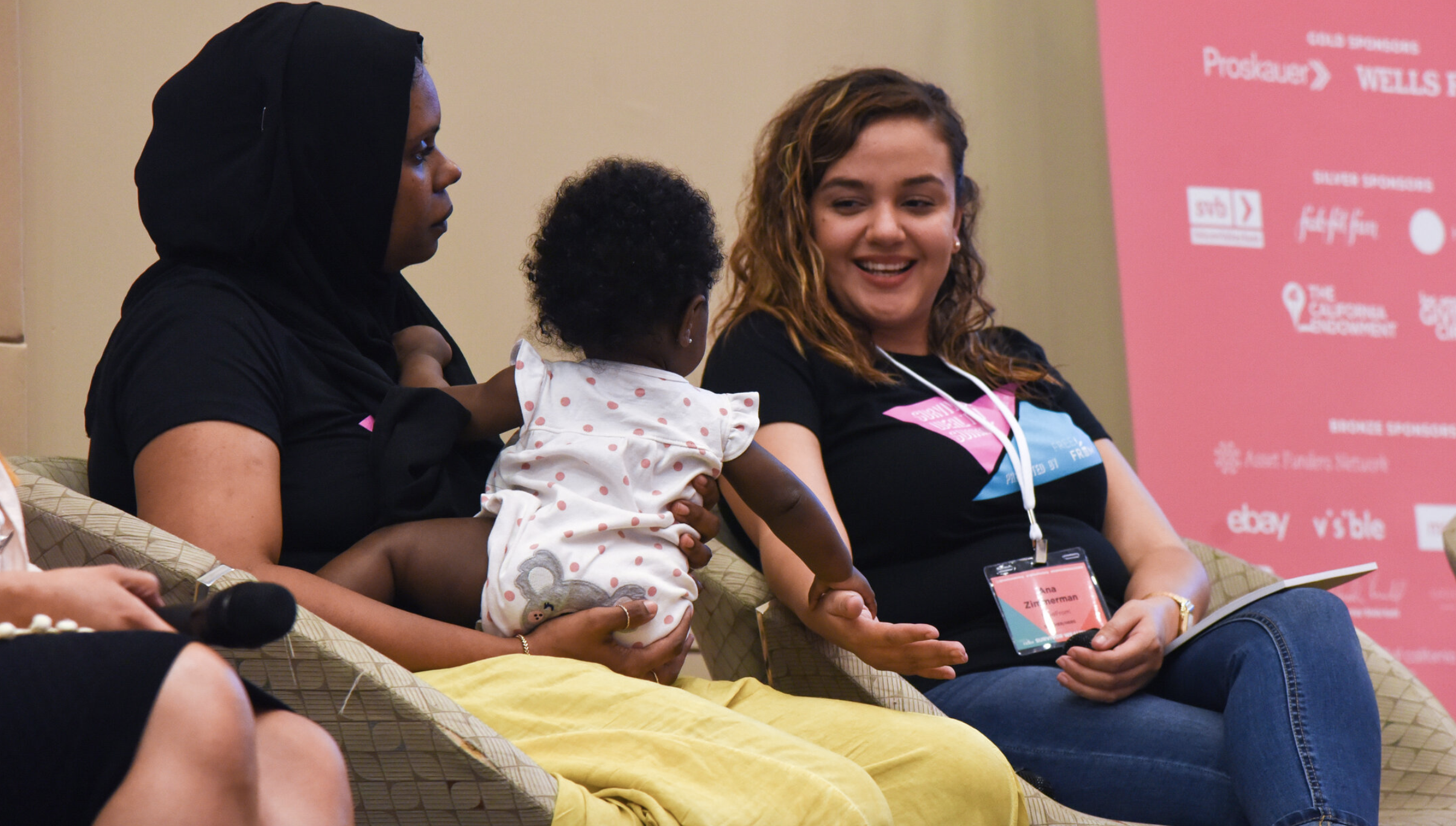Strength of Evidence
The case for potential success
- How compelling is the evidence for a solution that addresses a barrier to structural equality?
- How strong is the evidence that the problem the proposal is solving contributes to structural inequality?
- How strong is the evidence that the chosen solution has the potential to reduce inequality?
FreeFrom creates tools, resources and environments to support survivors of intimate partner violence to build wealth and financial security. The organization is staffed by queer, trans, im/migrant, and BIPOC survivors, and programming is heavily informed by narratives of survivors.

Proposal: ‘A Call to Action: Holding Society Accountable for Intimate Violence’
FreeFrom’s proposal aims to create an infrastructure of support for Intimate Partner Violence (IPV) survivors to help build financial security, collective power, and influence. Freeform collates data to influence policy, such as advocating for the passage of legislation that prioritizes financial security for survivors in all 50 states. They also work with employers across industries to ensure safer and more stable employment for victims of IPV. They also create spaces to build collective power such as financial support groups and state level survivor advocate coalitions.
How the Proposal Scored in Strength of Evidence
FreeFrom receives a 4 in Strength of Evidence due because their proposal supplies research concerning the serious financial consequences of IPV and how women, people of color, LGBTQ+ folks, immigrants and people with disabilities bear a disproportionate burden. Their evidence is not only quantitative, but also qualitative, e.g. including narratives from IPV survivors’ experiences and needs.
In addition, Freeform also provides substantial evidence that their theory of change is plausible. Freeform proposes a three-pronged strategy consisting of:
- Reducing social barriers that hold women back, including challenging biased narratives, addressing racial inequity, ending sexual harassment)
- Fast tracking women in employment critical sectors that have an outsized impact on a women’s ability to expand power and influence. They include public office, technology academia, media and entertainment, finance, and entrepreneurship.
- Advocating for systems change by arming key private and public decisionmakers – including CEOs, community leaders, consumers, and employees – with resources and data around the issues in order to influence their decisions.
Competition
Equality Can’t Wait
